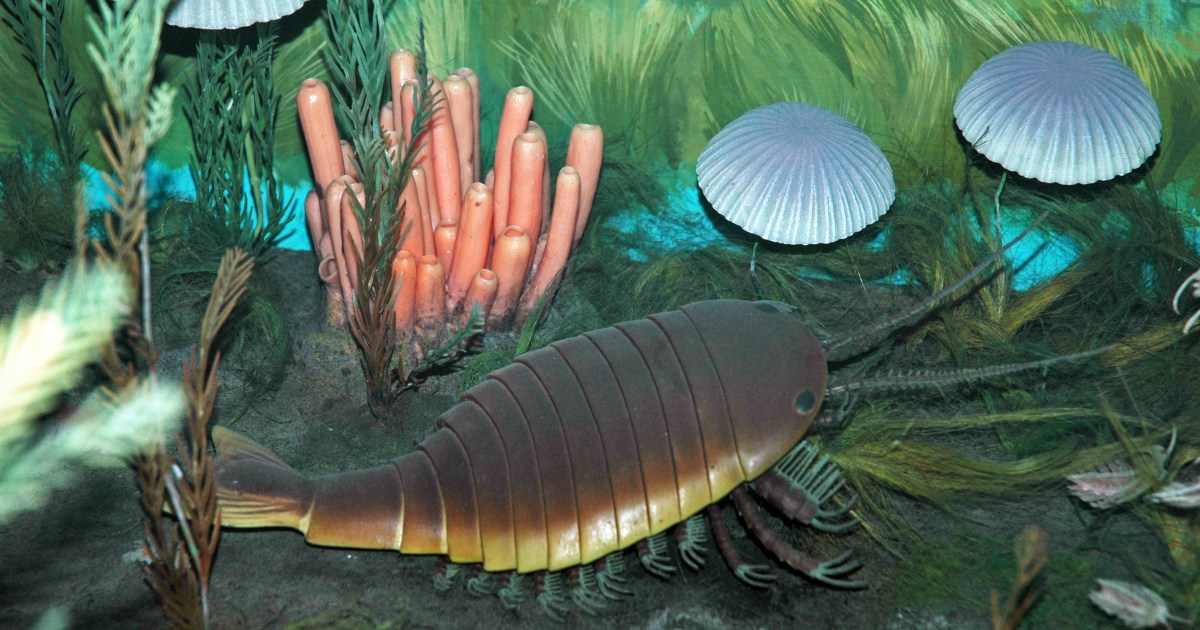A single glance at the present Earth, where massive plants, animals, and fungi reign over the lands and seas, can be misleading. Throughout cosmic and planetary history, large, enduring organisms were notably absent for the majority of the time. By the time Earth took shape, the Universe was already well into two-thirds of its current age, and life emerged shortly after. However, for billions of years, life remained in a relatively primitive form. It required nearly four billion years after the formation of our planet for the Cambrian explosion to occur, marking the emergence of macroscopic, multicellular, complex organisms such as animals, plants, and fungi as the predominant life forms on Earth.
Surprisingly, only a few crucial advancements were essential for the transition from single-celled, basic life forms to the diverse array of macroscopic, large-scale organisms that exist today. While it remains uncertain whether Earth’s path to complex life is typical or unique among planets where life arises, modern scientific knowledge allows us to reconstruct significant aspects of how life evolved on Earth. Here is a summary of our current understanding.
Life potentially began with a random peptide capable of metabolizing nutrients/energy from the environment, leading to subsequent replication through peptide-nucleic acid coevolution. Although the illustration features DNA-peptide coevolution, the process could also involve RNA or PNA as the nucleic acid. While the concept of a “divine spark” being necessary for life’s origin is a fallacy, claiming complete knowledge of how life arose from non-life is equally erroneous.
At an early stage in Earth’s history, the first living organisms emerged, characterized by their ability to consume nutrients/resources, possess metabolism, and reproduce in some manner. These processes have been ongoing on Earth for nearly four billion years, with organisms adapting to environmental changes through natural selection, where the most adaptable organisms survive and thrive.
Horizontal gene transfer, a crucial mechanism for genetic information exchange between organisms, played a significant role in the evolution of life. This process, facilitated by transformation, transduction, and conjugation, allowed genetic sequences beneficial for survival to be transferred among organisms, leading to the development of advantageous traits.
The evolution of complexity took a major leap with the development of specialized organelles within eukaryotic cells, enabling differentiated functions within a single organism. Eukaryotes, larger and more complex than prokaryotes, possess organelles like the cell nucleus, mitochondria, and endoplasmic reticulum, each performing specific functions independently within the cell.
Mitochondria, once independent organisms, now function as organelles within eukaryotic cells, highlighting the evolutionary journey of complex life forms. The ability to incorporate genetic information encoding specific functions into DNA enables the creation of structures necessary for various biological functions.
The rise of complexity in organisms involved the accumulation of genes encoding specific structures and functions, leading to the development of more adaptable and resilient creatures. The transition from prokaryotic to eukaryotic life forms took over a billion years, with eukaryotes eventually becoming more prevalent and complex.
Multicellularity and sexual reproduction were pivotal steps towards the explosion of complexity in life forms. Multicellularity allowed organisms to form colonies, enhancing cooperation and specialization among cells, while sexual reproduction introduced genetic variation crucial for adaptation to changing environments.
The ability of organisms to evolve and adapt through sexual reproduction, which introduces genetic diversity and variability, offers a competitive edge over asexually reproducing organisms. This mechanism allows for rapid adaptation to environmental changes and survival against evolving threats.
The journey from primitive life to the diverse, complex life forms dominating Earth today involved horizontal gene transfer, the development of eukaryotes, multicellularity, and sexual reproduction. These processes unfolded over billions of years, shaping life on Earth into its current form. While Earth’s evolutionary path provides insights into the development of complex life, the broader cosmic context and the likelihood of similar occurrences remain uncertain.
